Aitutaki Lagoon
The Cruise Lagoon
Niki booked the tour for us, and
the pickup was at 9 am – we did check with Niki because the weather was cloudy
– but it looks like today is a better day then tomorrow. It is a smaller boat
fitting only 10 people and we were nine – I may should mention that everyone exept
Paul had a European Passport: Netherlands, Hungary, Germany, Switzerland… and
except one couple everyone is travelling 2.5 – 4 months…
Slowly we drive out (under cloudy
sky) towards the reef and then head all the way down south to the first Motu:
- Motu is the local word they use when they are talking about the 15 islands within the Atoll, as they say that these are not islands but once it was one, and it cut “cut” off…
- Since we are going with a smaller boat, we can go to some Motu’s the bigger ships can’t go and we will visit 7 islands (upps Motu’s)
- We learned that the two Islands we will be later one, are volcanic islands – all the other ones are sand bars with palm trees growing and stabilizing them – turning them over time into an island
- By the way after a storm like they had here a few days ago, the sand bars move and the captains need to know where and how they moved – when you look at an old picture you can see that honeymoon island was only a sand bar: today it has trees growing on it.
Our first Stop is Moturakau
Island: here we all go off the boat and we walk into the jungle: the trees
are super weird we saw some super cool rocks and had amazing views, this is
what we call picturesque!!! And then back through the “jungle”
- The 13th season was the Cook Island Survivor, with 20 contestants they were divided in four “tribes” by ethnicity (African American – Asian American – Hispanic American and Caucasian) and named after some of Cooks islands: Manihiki – Puka Puka – Aitutaki – Rarotonga
- Moturakau was the island of the tribe Rarotonga
- Most challenges were filmed on one-foot island, some on sand bars and a few challenges were filmed right on Aitutaki: by the way there were 18 episodes
Next Stop: famous One-foot
Island: or as the local call it Tapuaetai (footprint). We went off
and started to walk around (you would need 20 Minutes to go completely around
unless you stop constantly and take pictures). We did walk to the other side – here
is a big long sand bank (no Paul does not remember it – as the sand banks are
always different) and there was also a stretch with those cool coral rocks
sticking out – beautiful to walk out and admire the amazing colors of the South
Pacific. What was super pretty is, that the blue sky came out – partly only,
but it looked so super cool. Here we also saw a whole lot of sea cucumbers… I
mean everywhere…. And here it is where you can take your typical picture under
the leaning Palm tree….
I may should mention that every
time we went off the boat you stepped from the boat into the water (mostly up
to Gine’s knees or more, so you definitely got wet .
- Where does the name come from: once upon a time a Dad and his son were on the run from enemies, they took the canoe and went as far away as they could, once ashore the Dad told his son to run into the forest and to climb up on a tree. He then followed his son and stepped into his food steps, so that it looked like that there is only one person. Once the enemies arrived, they did think it was only one person, followed the footprints, found the Dad and killed him – but the sun survived!!!
- It is a small island 570m long – 210m wide and the highest point is 1.5m above sea-level.
- We got told that in the afternoons a lot of boats come here, especially in high season June-Sep there are a lot of people here for kite-surfing and you are not in a nice remote area
As we left from here, the colors
of the water were the most amazing, I’ve ever seen!!! I mean what can be more
beautiful than seeing the colors with those little islands.
Honeymoon Island: our next
stop, here you have lots and lots of sand banks – beautiful palm trees, and to
make it even cooler: Our Captain dropped us off and said walk around or through
the island, I will meet you on the other side and pick you up there. It was
super amazing and we had sunshine!!! We felt like in Paradise (or on a
honeymoon???). As well what it made so pretty, the small island you can see in
the background. Paul found one little shell and picked it up, as we discovered
that all the shells here walk!!!
- Honeymoon island: is the only island here with an English name – all other motus (islands) have local names
- In the 1990s a couple from Canada came and went out with the boat, they wanted to get married on a beautiful island, when they came to this sand bank (yes, no trees at that time) they decided it is so pretty that they want to get married here, and did it right then and there, then spend their first night here and got picked up the next day: and the name stuck “honeymoon island”.
- Over time palm trees started to grow and locals put on more palm trees and today it is an island not a sand bar anymore, but there is a big sand bar near it. (it is really a sandbar with trees)
- Honeymoon island is a reserve and doesn’t belong to anyone – as most of the other islands belong to someone or someone owns part of the island
Maine Island: as we set out
again we went to a sand bar, where you could see a few teeny tiny palm trees
(most blown over by the recent storm), we got dropped off here each couple got
a coconut sprouting and we can plant a palm tree on this sand bar and then
maybe in 15 years it is an island like Honeymoon island (maybe we should come
back and check for our tree), once we
are done we had to walk over to the island with the trees for lunch. And we got
really wet as the water was deep. Paul started to dig in the white sand of the
sand bar and there is our new tree!!!! No came the challenge – as the sand bars
move, the dip between the sand bar and the island are fairly deep – Gine got
her skirt wet all the way and had to hold up the camera that she is not in the
water…. It was a lot of fun – we had two water crossings and then a walk along
the pretty beach: yes we saw more sea cucumbers as well some white nearly clear
fish with black fins – super cool looking.
Until we came to a little hut with
sitting area – ready for a drink!!!! It was also super cool to talk to all the
other people in our group. We had the most wonderful lunch: the very best tuna
(wow) with yummy potato salad, garden salad, fried potatoes, chicken nuggets,
chicken hot dogs (yes), fried onions and weird things like Papaya curry salad
(ok I skipped that one) and later some fresh watermelon and pineapple. It was
so yummy. Also, here we always had to look closely on the ground as the
“shells” are very active and constantly move and walk. They also had some super
huge clam shells here – that is wow.
All full we headed out again this
time to the Reef: we jumped in to swim with the fish – there were all kind of
colored fish and really large ones, and then it went to the 2nd
snorkeling spot: here we are to see the huge gigantic clams – they are amazing
– I didn’t even know that so huge clams exist. Those are amazing – the funky
part is, that we don’t have a water camera anymore (it gave out) – so all we
have are our memories. Now it is time to head back!!!
The white tern
- The white tern is a small seabird in the tropics, it got first discovered by a Swedish naturalist in 1786
- They are white with a black beak and we saw some baby ones too, they are nesting on coral islands
- They lay their eggs on bare thin branches or in small forks without a nest, once the little bird hatches, they hang on their branches until they can fly
The giant Clams of the Cook
islands
- We learned that they are neither native nor do they grow that big in nature, there is a marine reserve station on the island and the clams get injected with something and then they grow bigger and after it, they get put here where they can grow a bit more: those huge ones are around 15 years old
- There are some Giant clams outside of the Reef. A Giant Clam the Tridacna derasa was introduced to Aitutaki from Palau in 1986, then the Tridacna gigas and the horse-hoof clam also got introduced from Australia- the are all very slow growing
- The Tridanca gigas can grow as long as 1.5m and weigh 250 kg – some of them live for 100 years
- In the juvenile state they start out as males and once they are around 8 years old, some of them become female, and some of them are both hermaphrodites so they can act as male and female. The clams produce hundreds of eggs in each spawning season
- Those giant clams are very rarely found on reefs naturally, because of over-harvesting- today they are under the endangered species protection
- As per our guide they are really not good for eating – only for looking
Afternoon coffee and clean up
After arriving back, we met our
new German Neighbors and later also talk again to the couple from Latvia. After
a coffee and a shower – it is clean up time (as everything is salty – including
Paul’s phone which got a jump in the ocean). Then we need to relax a bit.
At the Pacific Resort
We can’t sit still for too long
and soon after we are back on the scooter checking out more of the island, this
time we are heading to the place where Paul lived and rebuilt the resort. Then
we were heading to the Pacific Resort – super classy and walked down towards
the Pool area and then decided that this is a beautiful place – very classy.
We headed back and checked out the
other “take-away-restaurant” which is open today and decided for 2 dollars more
we will get a classy supper at the Pacific Resort. We did stop at the CICC
church for the 5 pm service, but there was no singing and so we left and then
headed for supper: Paul had on his tank top and no, you can’t go in like that
they have a dress-code, so he got a very nice Hawaiian style shirt and we had a
supper with a view.
Back home and a nice relaxing
evening. Let’s hope for another nice sunny day tomorrow. Oh, and before heading in – Paul
met the cat from next door!!!!

 Tekopua, Cook Islands
Tekopua, Cook Islands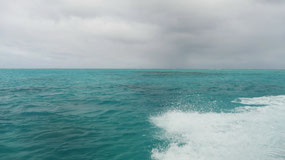
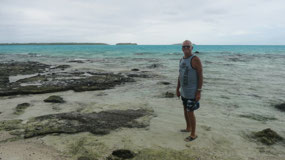
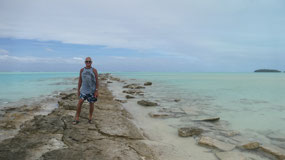
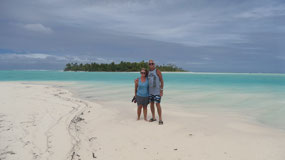
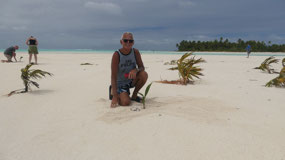
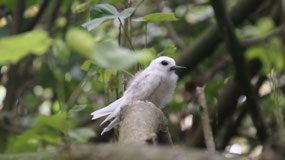
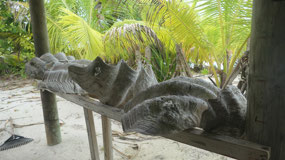
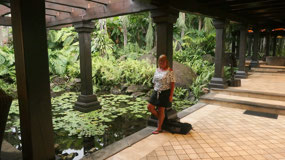




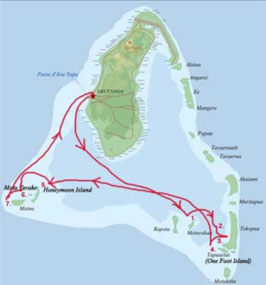
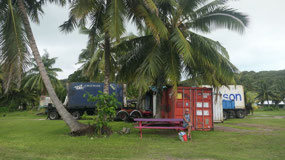
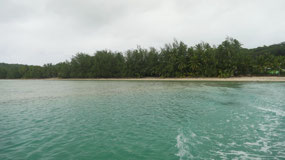
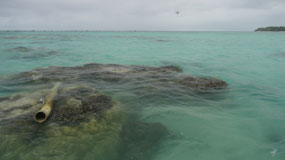
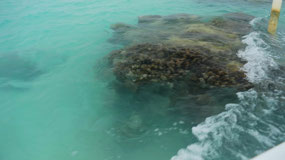
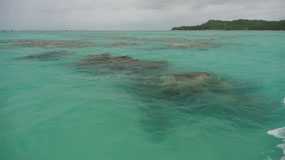
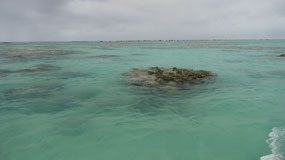
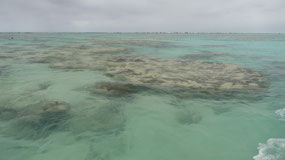
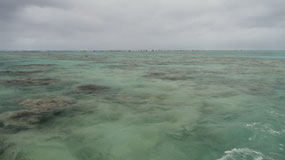
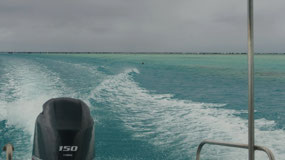
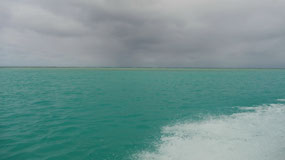
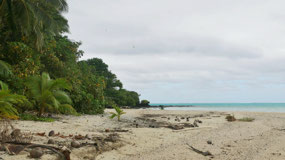
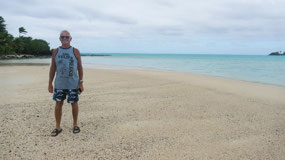
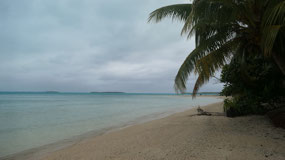
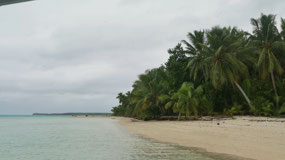
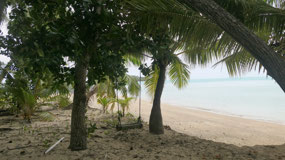
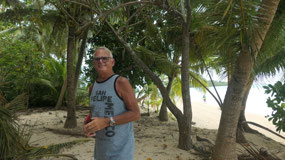
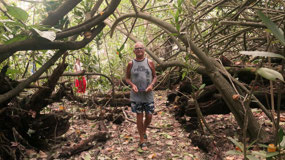
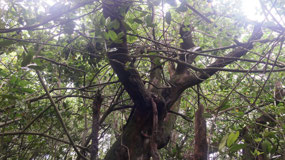
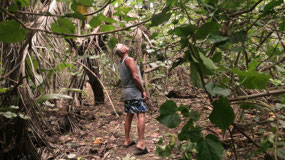
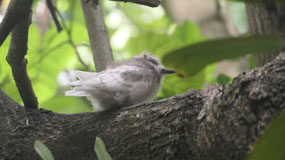
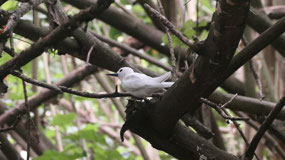
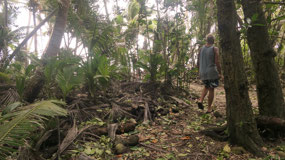
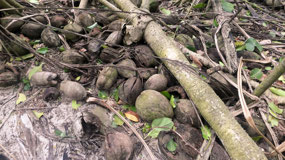
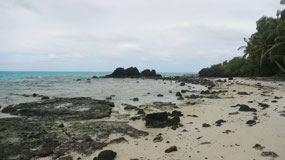
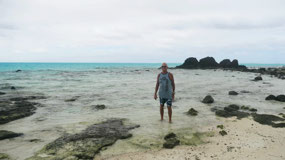


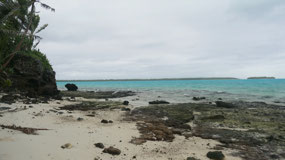
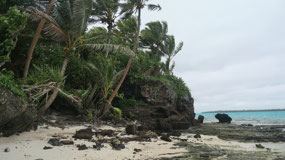

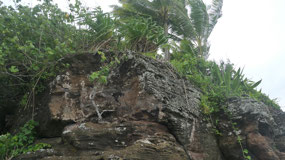
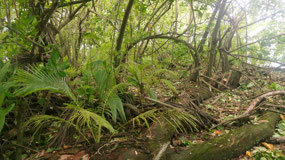
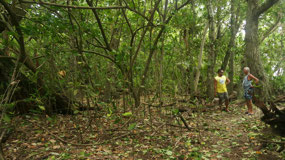
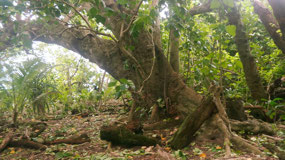
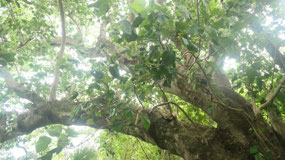
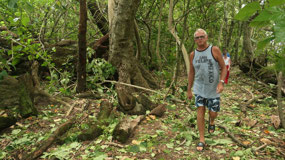
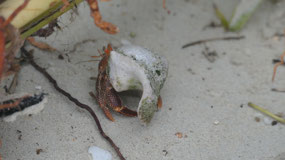

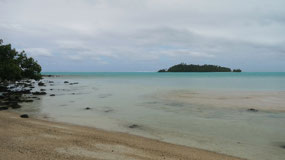
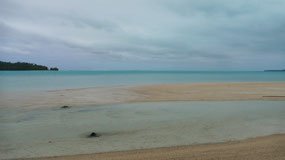
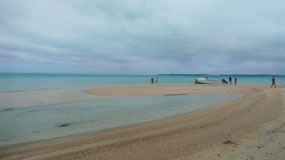
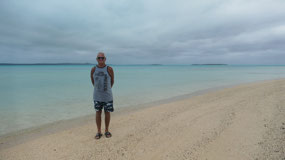
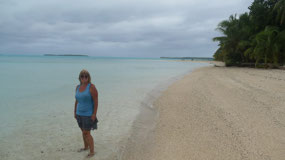
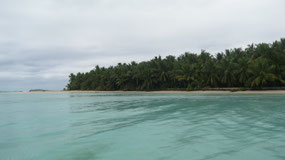
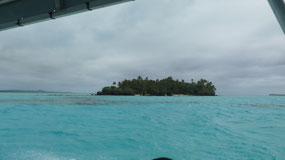
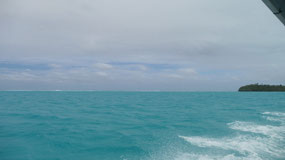

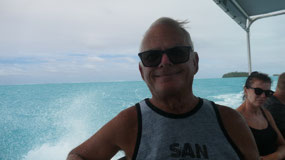
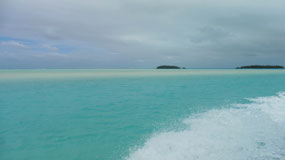
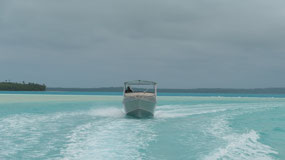
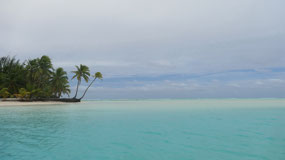
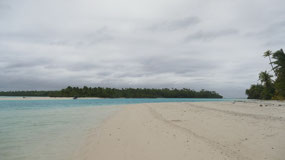
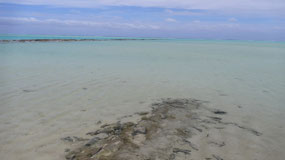
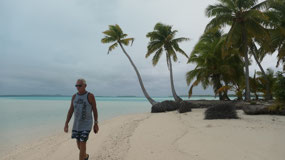
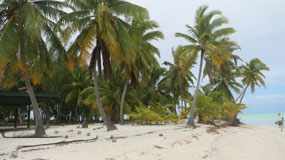
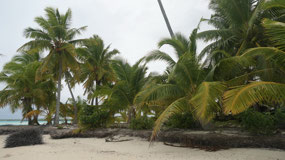
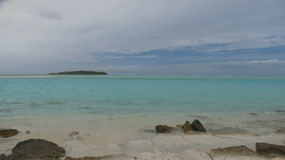
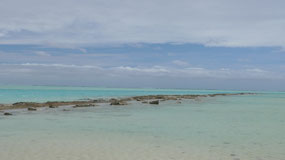
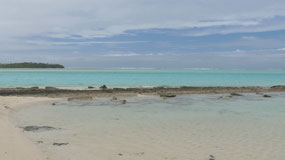
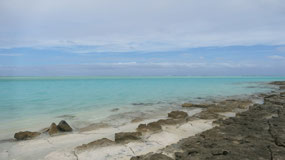
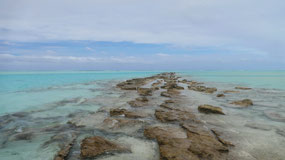
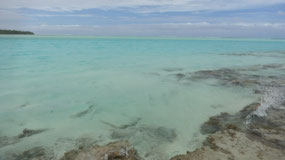
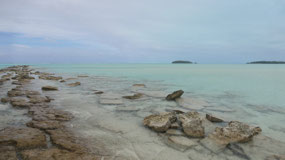
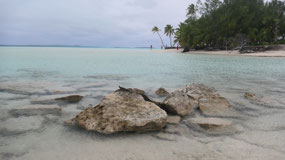
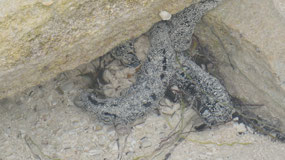
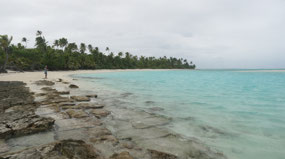
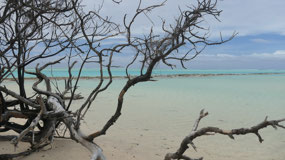
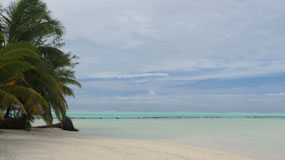
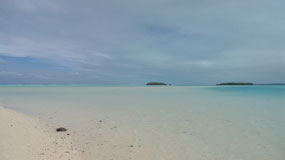
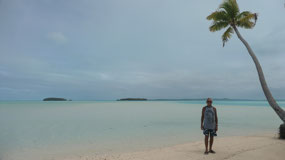

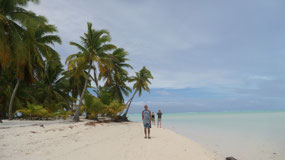
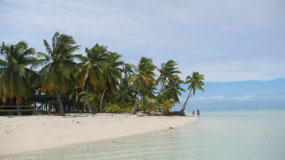
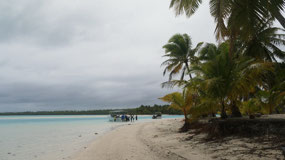
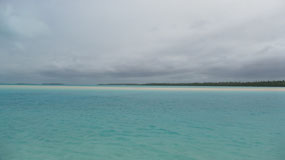
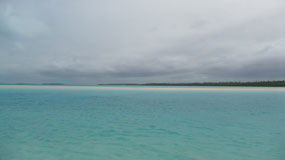
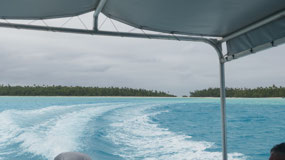
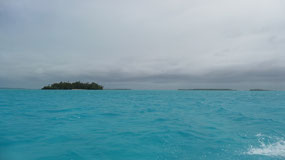
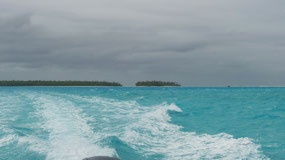

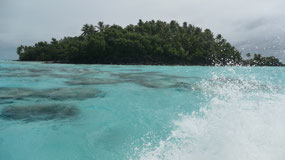
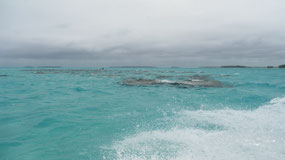
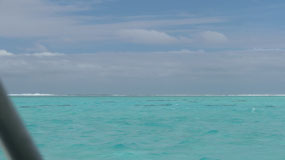
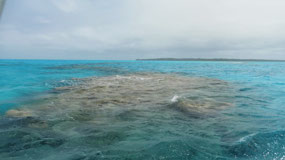
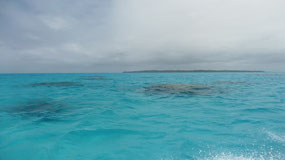
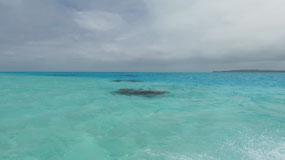
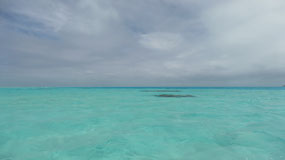

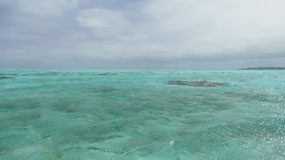
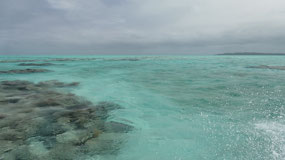
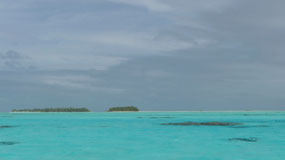
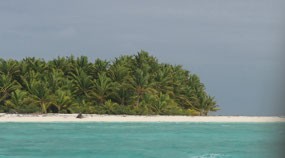
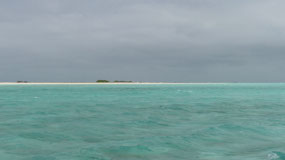
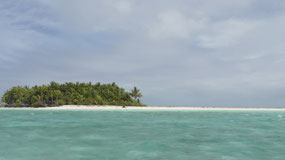
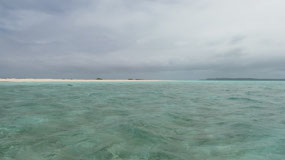
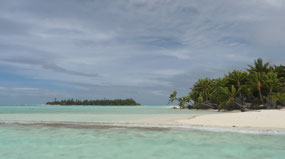
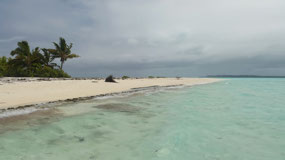
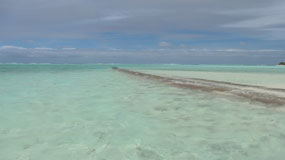
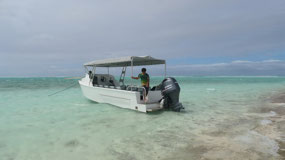
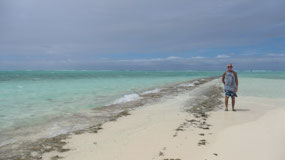
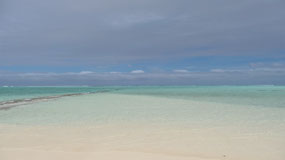
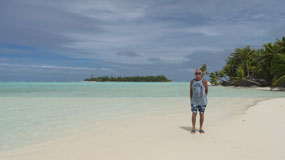
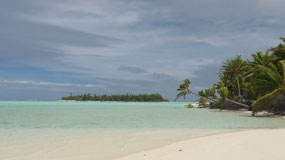
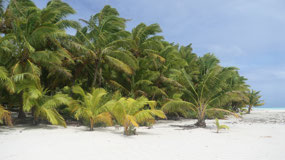

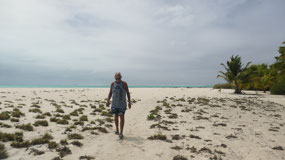
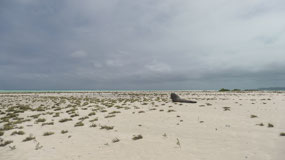
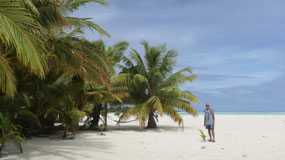
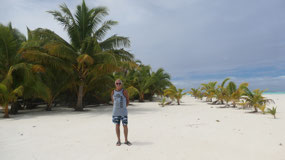
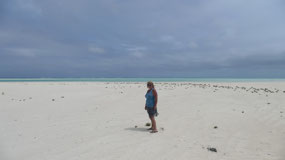
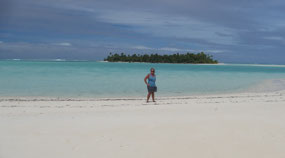
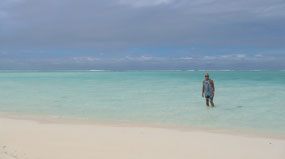

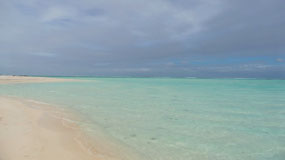
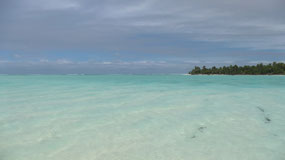
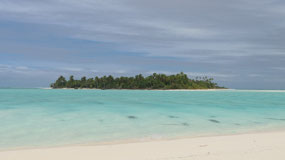
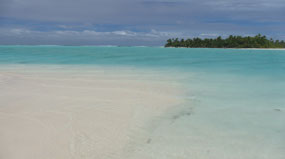
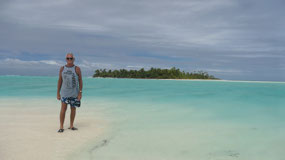
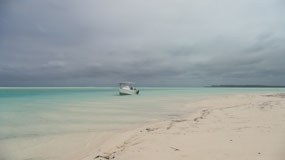
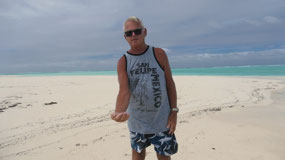
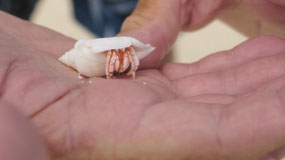

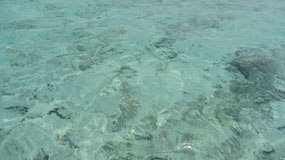
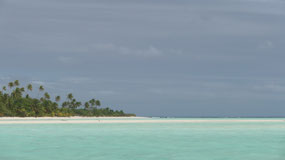
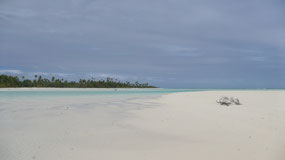

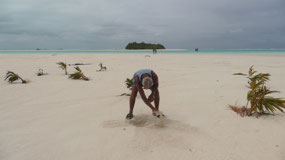
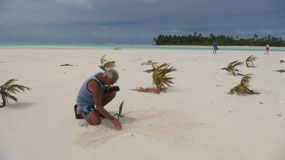
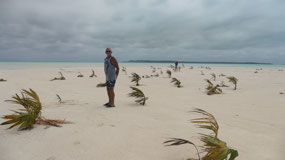
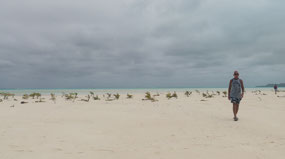
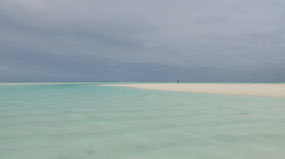
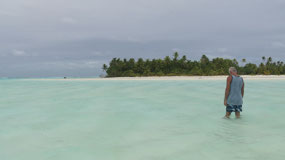
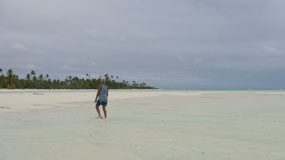
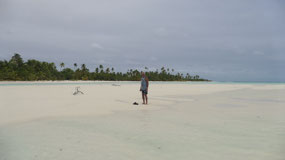
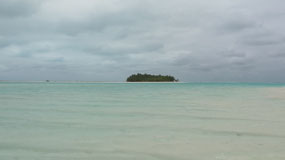
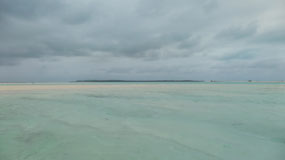
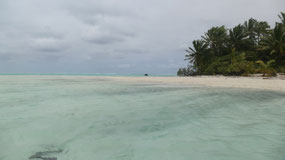
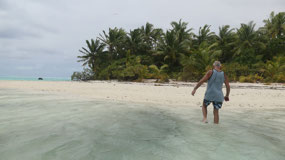
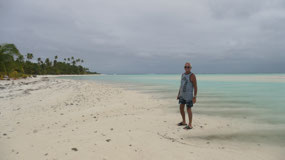
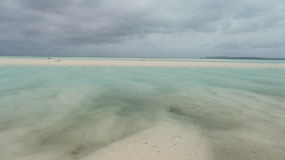
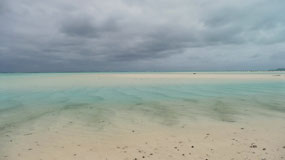
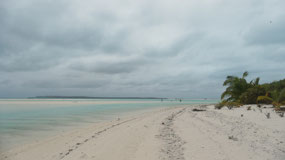
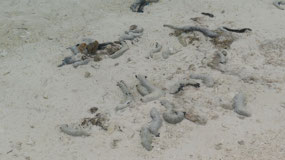
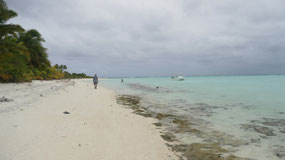
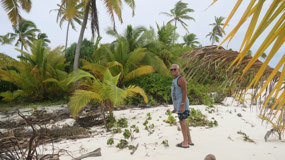

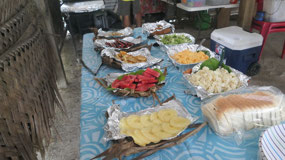
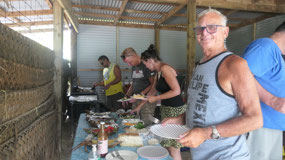
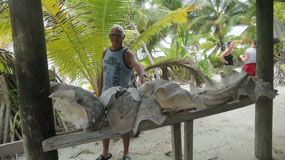
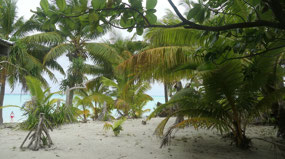

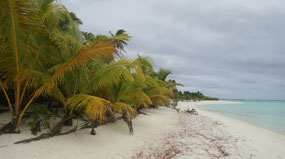
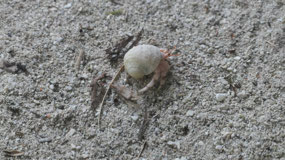
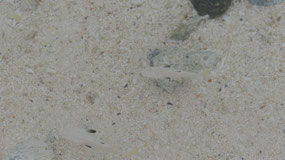
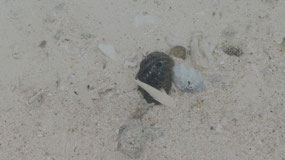
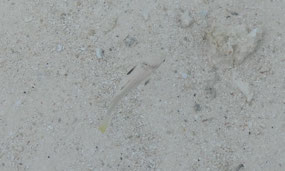

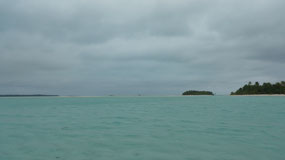
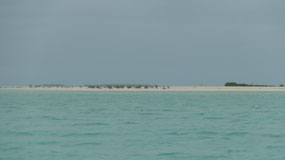
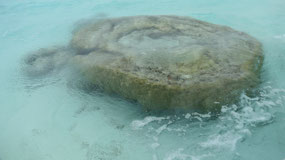
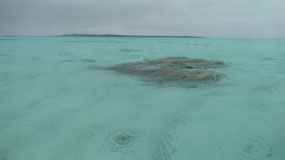
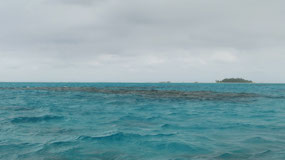
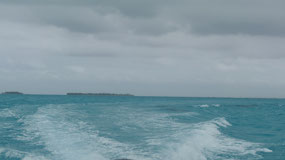
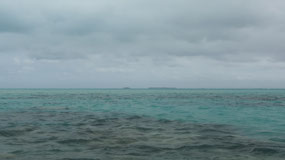
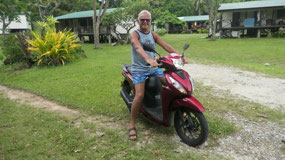
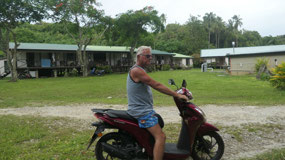
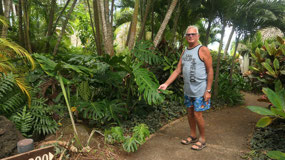
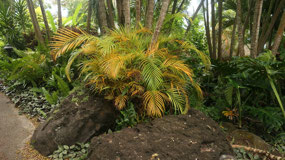
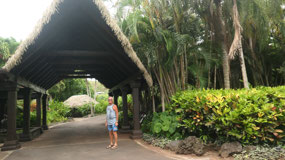
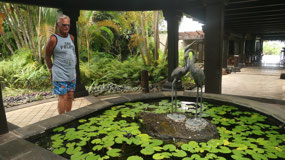
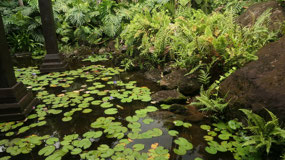
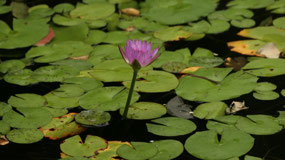
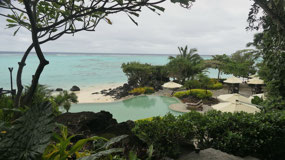
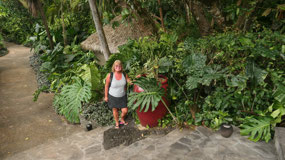
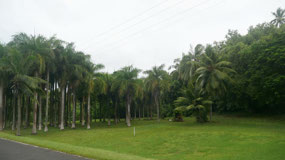
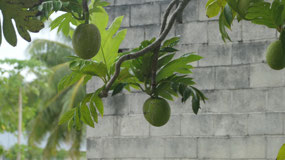
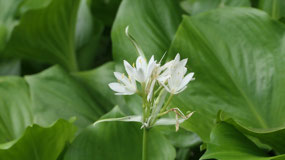
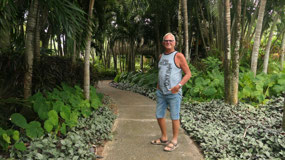
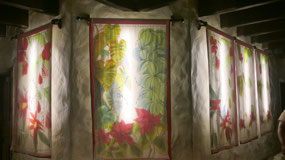
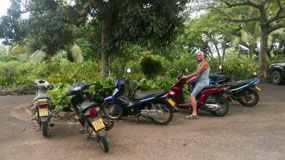
2025-05-23